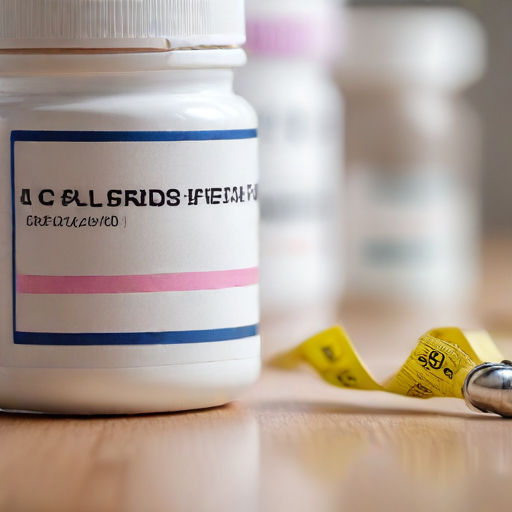A recent study published in the Annals of Internal Medicine indicates a growing trend in the prescription of GLP-1 medications to individuals without diabetes, while prescriptions for individuals with diabetes are on the decline. This shift raises concerns about potential shortages of these essential treatments.
GLP-1 drugs, which mimic a hormone that regulates blood sugar and curbs appetite, were initially approved for treating type 2 diabetes. However, the FDA expanded their use in 2021 to include weight loss, notably approving Wegovy for this purpose. As a result, pharmaceutical companies like Novo Nordisk and Eli Lilly are grappling with the challenges of producing enough GLP-1 drugs—including popular varieties like Zepbound, Mounjaro, Wegovy, and Ozempic—to meet the surging demand.
The research team, which included experts from Cedars-Sinai Medical Center, reviewed medical records from 45 million Americans between 2011 and 2023. Their findings revealed that the proportion of new GLP-1 users with type 2 diabetes decreased from nearly 90% in 2019 to over 70% in 2023. Conversely, the share of new GLP-1 users without type 2 diabetes increased from 10% to 25%. This trend suggests an increasing recognition among healthcare providers of the benefits these medications offer in managing obesity, a significant public health issue.
Although these drugs are showing promise for weight management—helping users lose up to 26% of their body weight—the analysis also highlights the necessity to ensure that patients with diabetes continue to have access to these vital treatments. Notably, the study utilized data from healthcare software company TriNetX, which may not represent the entire population.
The skyrocketing sales of GLP-1 drugs have propelled Eli Lilly and Novo Nordisk to become two of the world’s most valuable pharmaceutical companies. However, the unprecedented demand has made it difficult for some patients to consistently fill their prescriptions, prompting both companies to invest heavily in expanding production capabilities.
Looking ahead, Morgan Stanley analysts project that the global market for GLP-1 drugs could reach $105 billion by 2030, with an expected 31.5 million people in the U.S.—approximately 9% of the population—expected to adopt these treatments by 2035.
This development could signify a transformative period in the healthcare landscape, especially in addressing the obesity epidemic with effective medication, while also ensuring that people with diabetes maintain access to necessary treatments.
Overall, although the rising popularity of GLP-1 medications for weight loss presents potential challenges in accessibility for diabetics, the shift in understanding their benefits reflects a hopeful step forward in public health and medication management. As demand continues to grow, it is essential for manufacturers and healthcare providers to adapt to ensure that all patients receive the care they need.
